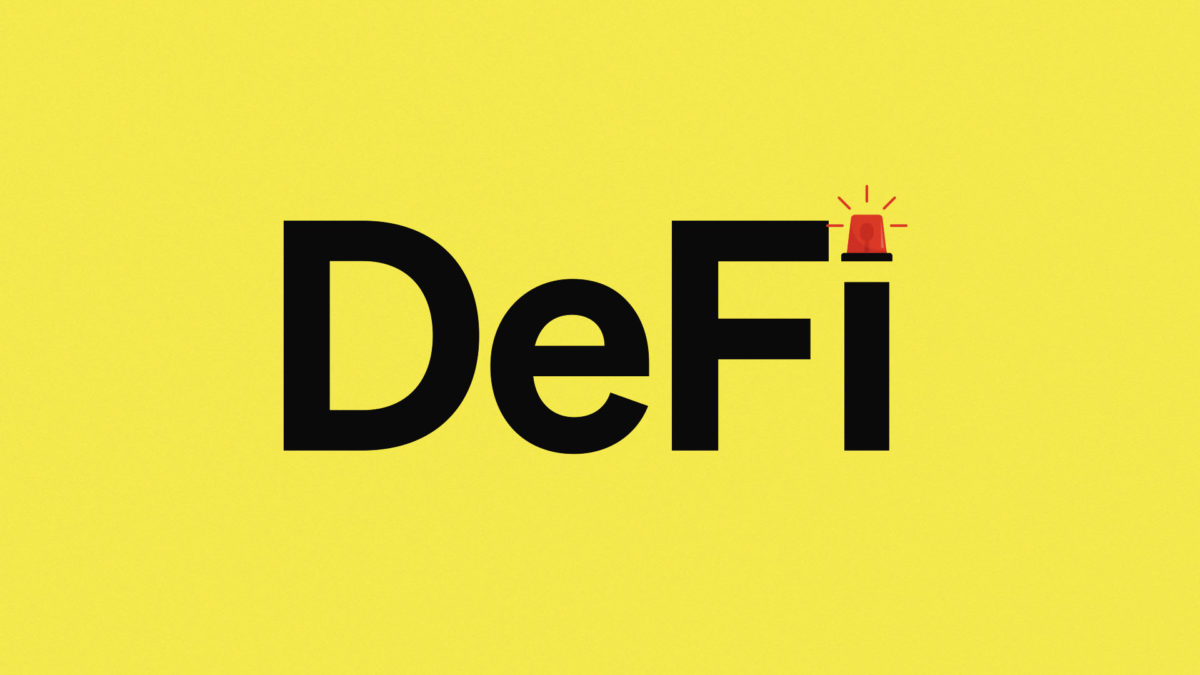DeFi protocols are limiting Ether borrowing — here’s why

After years of preparation, the Ethereum network will transition to a proof-of-stake (PoS) consensus mechanism later this month.
The Merge represents the blockchain’s most significant landmark to date and will make energy-hungry miners obsolete, replacing them instead with validators who, rather than doing computational work, stake their own funds in order to secure the network.
The upgrade will see Ethereum under PoS pick up where the proof-of-work (PoW) chain left off, with all assets preserved. However, the original PoW chain will not cease to exist, and all assets will be preserved there, too.
While the value of assets on the PoW chain is expected to rapidly drop to zero, some traders anticipate that remnant ETH on the legacy chain (ETHW) will have some value, even if only a fraction of that of the “real” ETH.
As speculators look to maximize their pre-Merge ETH exposure via borrowing, DeFi lending protocols such as Aave and Compound are anticipating problems, and are taking steps to mitigate them.
As ETH borrow utilization nears capacity, depositors may find themselves unable to withdraw their funds. More crucially for the health of the protocols, the lack of ETH could also cause interference with on-chain liquidation of ETH-collateralised positions. Thirdly, potential knock-on effects on the stETH/ETH peg may result in further, cascading liquidations.
Aave’s solution, to temporarily pause ETH borrowing until after the Merge, has already passed the project’s decentralized governance process, and currently, the ETH lending market is at ~80% utilization.
Read more: Compound Finance upgrade bug freezes $830M in crypto
Compound, on the other hand, is proposing a borrow cap of 100K ETH (currently ~500K ETH available), as well as steeply increasing the interest rates for borrowers above 80% utilization, approaching 1,000% APR at full utilization. Such high borrow rates should make the speculative ETHW strategy described above unprofitable, even when borrowing at short timescales. Voting on the proposal is still ongoing, with 100% support at the time of writing.
Neither strategy, however, accounts for large-scale withdrawals, which would have the same effect on utilization. Current ETH lenders may also opt to withdraw in an attempt to make a profit on ETHW.
Both projects expect to readjust their ETH markets post-merge, via new governance proposals.
For more informed news, follow us on Twitter and Google News or listen to our investigative podcast Innovated: Blockchain City.
